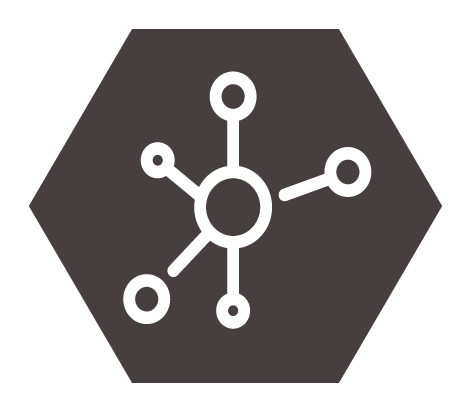What is SUMP-PLUS about?
In recent years, the shift towards sustainable mobility has gathered pace, with Sustainable Urban Mobility Plans (SUMPs) crucial to driving this development. Despite their success, there remain some gaps.
Plans often gather dust as realistic implementation pathways are sometimes missing, whilst cities - particularly small- and medium-sized ones – can lack the resources and competencies to implement SUMPs. In addition, links between mobility and other sectors that generate mobility demand, such as education and health, are frequently underdeveloped.
Enter CIVITAS SUMP-PLUS. This three-year project, which started in September 2019, is helping towns and cities of all sizes and at varying stages of development to bridge the implementation gap and become accessible, green and liveable places where people can easily move from A to B.
In this effort, the project is creating new approaches and tools and introducing these in co-creation laboratories in six cities - Antwerp (Belgium), Alba Iulia (Romania), Greater Manchester (UK), Klaipeda (Lithuania), Lucca (Italy), and Platanias (Greece).
The good practices and lessons learned from the labs will be transferred to a new set of politicians, practitioners, and researchers via a three-tier sharing and learning community and practical guidance tools.
Through these actions, SUMP-PLUS is putting mobility where it belongs – at the heart of sustainable urban transformation.
The project consortium, led by the City of Antwerp, comprises 16 partners – gathering local authorities, transport operators, city networks, renowned research institutions, and mobility experts – from nine countries across Europe.
Key objectives
The objectives of SUMP-PLUS are divided into policy objectives and operational objectives, most of them demonstrated through pilots and subsequent evaluation in the six co-created City Laboratories (CLs).
Policy objectives

Create context-specific mobility transformation pathways, along with supporting methodologies and analytical tools

Forge cross-sectoral links between transport, public services, and commerce

Implement and monitor cutting-edge mobility solutions for freight and passenger transport

Create new forms of public-private partnerships and business models
Operational objectives

Develop enhanced governance arrangements, along with advanced analytics and data capture systems

Engage with citizens, policy makers, business, and civil society to agree city visions, tailored solutions, and delivery pathways

Produce SUMP-PLUS guidance addressing the needs of cities of varying shapes and sizes

Maximise impact through city-led dissemination, knowledge transfer, and capacity building activities
Read more on how these objectives link to the project's approach.
Outputs and outcomes
The most crucial outputs and outcomes of SUMP-PLUS are as follows:
- Resilient, place-centred cities that put citizens and their needs first;
- Practical and context-specific implementation pathways that make general guidelines realisable;
- A simplified tool that allows for accessibility planning in small urban areas (with limited resources);
- Improved cross-sector links that mean mobility requirements are taken into account in public service delivery models;
- Governance, administrative, legislative and funding arrangements, and incentive structures needed to follow a development pathway and/or build cross-sector links;
- The implementation of cutting-edge solutions for more efficient and sustainable freight and passeger transport;
- Innovative stakeholder engagement strategies for enabling more advanced cooperation schemes among the actors inside and outside the mobility sector;
- Public-private partnerships that use data-driven planning to meet collective mobility objectives cost-effectively;
- A CityConsult Agency that ensures a continuing process of SUMP skills and knowledge development, mentoring, and replication beyond the project; and,
- Improved guidance for developing SUMP implementation.
